Wildlife Sightings North And East Yorkshire - March 2018
March started as February ended very cold! Snow covered the majority of the area including the coast; a couple of days later however the winds had changed to a more southerly direction bring a thaw. Despite slightly milder conditions after the early snow the remainder of the month remained cold and wet with no sign of a warmer spring on the way!
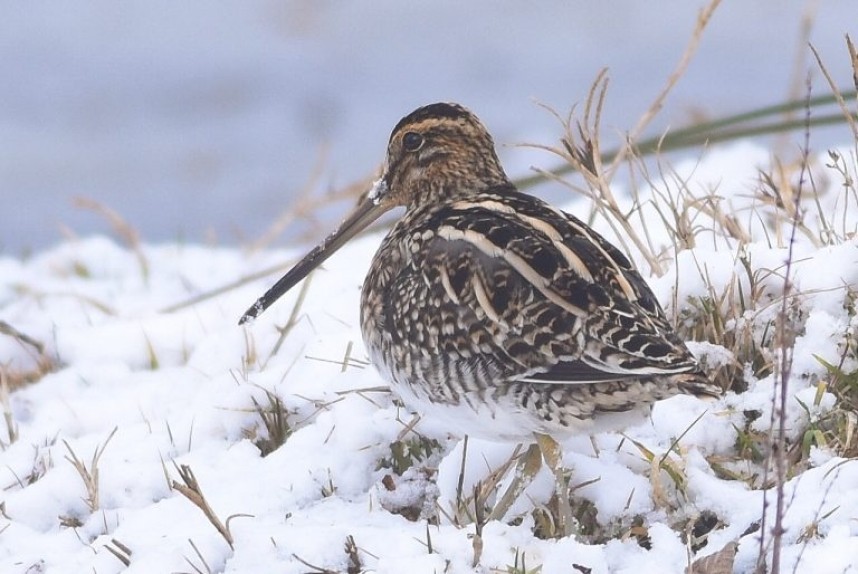
Common Snipe at Thornwick Pools Flamborough © Andy Hood
A noticeable movement of birds to the coast at the start of the month included a noticeable increase in Common Snipe and Jack Snipe. Five Waxwings flew over Scarborough on the 1st with four along the Humber at Cherry Cobb Sands on the 3rd. Six Hawfinch were still in Thornton-le-Dale church yard a day later. Sightings of Hawfinch appeared to be more widespread during this time maybe due to birds roaming further afield as the winter food supplies become scarce. Churchyards remained the best places to find them. 13 were in Pickering Churchyard on the 4th. Two Tundra Bean Geese were in a field near Hornsea Mere on the 1st. There were still 100 Twite at South Gare on the 5th.
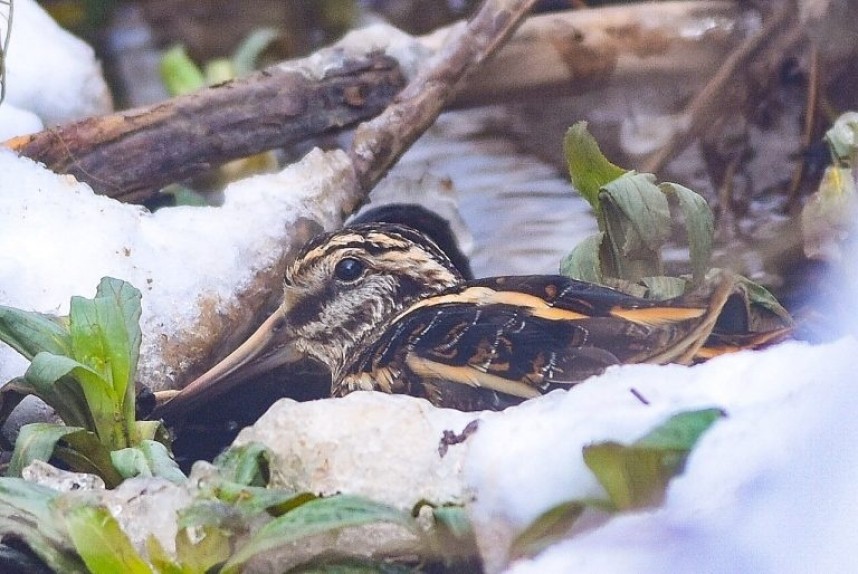
Jack Snipe at Thornwick Pools Flamborough © Andy Hood
The first sign of spring songbird migrants at Flamborough was a Black Redstart on the 7th. A Great Egret flew over Filey town on the 7th. This was most likely the wintering bird from Wykeham Lakes which was seen again at the lake on the 13th. Possibly a second bird was at Top Hill Low on the 4th. Lapland Buntings were still being seen occasionally in the North Dykes area of Flamborough, an excellent count of 31 was made there on the 9th.
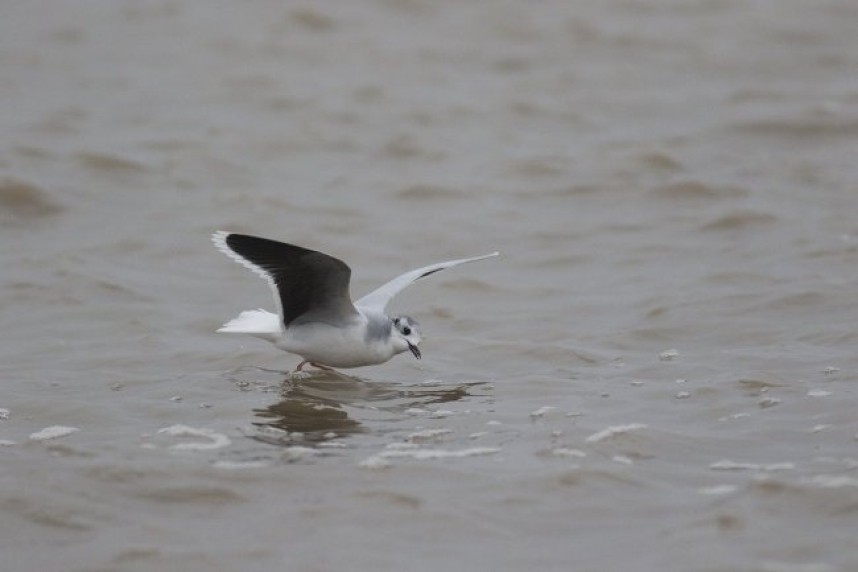
Little Gull at Spurn © Tim Jones
Little Gulls also appeared to have been displaced during the cold and onshore winds with small numbers up and down the coast. On the 2nd there were four Jack Snipe at Thornwick Pools Flamborough and Seven Little Gulls offshore from the Fog Station. 26 Woodcock were recorded at Spurn on the 3rd. A hardy Siberian Chiffchaff was found in a birders garden at Easington on the 2nd. Three Greater Scaup on Heslington Lake by York University on the 2nd was a good inland record. The female Smew was seen again on Castle Howard Lake on the 4th. A single Iceland Gull remained at Seamer tip early in the month and the regular immature Glaucous Gull was still at Top Hill Low. Another was seen at Spurn on the 6th. The Green-winged Teal remained at North Cave Wetlands and the Spurn bird re-appeared at Kilnsea Wetlands on the 11th. After such a poor winter for seabirds in the Scarborough area a Black-throated Diver was a very welcome find in Cornelian Bay on the 11th. Another or the same bird was at Holmpton on the 13th. Four Sand Martin at Bolton-on-Swale gravel pits on the 12th were some of the first to arrive.
A Peacock at Long Nab on the 5th was one of the first to be seen this spring. Common Frog spawn was found in a garden pond in Scarborough on the 7th appearing after the snow had melted! A Comma was seen at Calley Heath YWT reserve on the 9th. Moths were also starting to emerge and that meant the Scarborough moth group were out and about. The team trapped 84 moths in three hours on the 10th including a scarce micro moth Acleris literana.
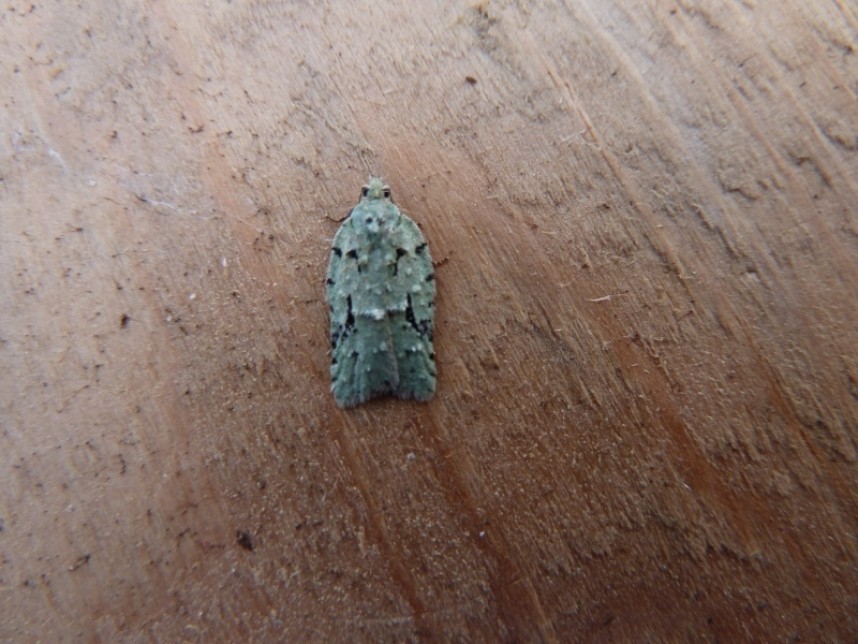
Acleris literana Scarborough © Allan Rodda
The temperature improved slightly in the third week of the month which encouraged more insects to emerge. Bumblebees were on the wing in Harrogate on the 18th with a single Buff-tailed bumblebee recorded on that day. A Brimstone butterfly was seen in Selby on the 25th On the same day Small Tortoiseshells were on the wing in Scarborough along with 57 Yellow Horned caught by the moth team there. In York there were more and more moths emerging including Clouded drab, Oak Beauty, Early Grey, March Moth, Hebrew Character and Common Quaker.
Flamborough scored the first Northern Wheatear of the spring with a male on the 14th. On the 15th a Black-necked Grebe was at North Cave Wetlands and a good count of 29 Whooper Swans at Blacktoft RSPB. The first songbird migrant at Spurn arrived on the 16th in the form of a Black Redstart. A Sandwich Tern a day later was also a first for the year. By the 18th there were four Black Redstarts at Spurn. A Grey Phalarope was a good find at Bridlington on the 18th considering how rare they have been this winter.
The first Firecrest to be seen in our region this year arrived at Spurn on the 21st along with a Long-eared Owl and a smart male Hen Harrier. The 22nd was a good day at Flamborough with two White Wagtails, 22 Lapland Bunting, 26 Corn Bunting, Black Redstart, two Eurasian White-fronted Geese, Great Northern Diver and a Jack Snipe seen. The scarcest bird of the month at Flamborough followed a couple of days later when a summer plumaged Black Guillemot flew past the sea watching point. Nearby the first Avocet of the year dropped in to feed on a flooded field. A ringtail Hen Harrier flew north at Flamborough on the 29th. The only report of a Slavonian Grebe came from Saltburn on the 24th.
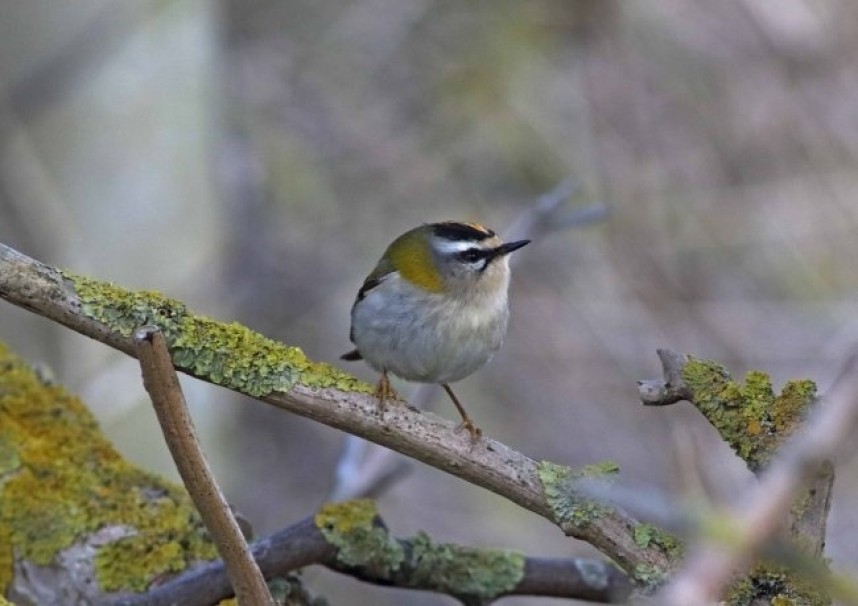
Firecrest at Spurn © John Hewitt
By the 24th things were looking decidedly more spring-like down the coast at Spurn with two Firecrests and three Northern Wheatears in the area. In the Kilnsea Wetlands area the wintering Black Brant was seen again with the large flock of Brent Geese and nearby a very unseasonal Little Stint was a surprise find. Two Common Cranes flying over the Humber on the 31st ended the month on a high.
Many thanks to all the observers who contributed sightings and photographs. This article covers North and East Yorkshire. For more wildlife sightings visit these great local, regional and national web sites
Spurn Bird Observatory, Flamborough Bird Observatory, Filey Bird Observatory and Group, Northern Rustic blogspot , Yorkshire Naturalists Union, Yorkshire Wildlife Trust, Scarborough Birders, Butterfly Conservation Yorkshire Branch Yorkshire Nature Traingle For National News: Birdguides
Richard Baines
Yorkshire Coast Nature



 Back to Blog
Back to Blog
